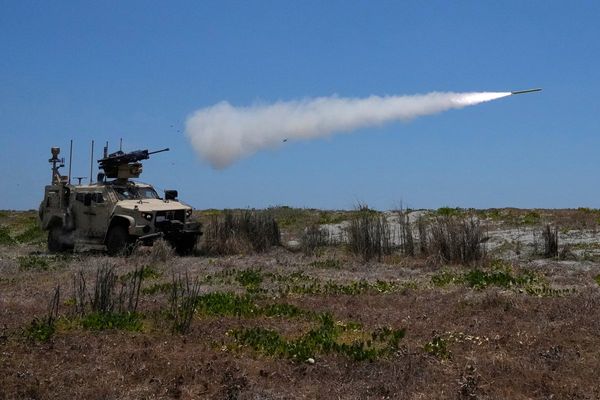
Atoms are like Lego bricks: Each little building block combines to make something more complicated — from molecules, to enzymes, to DNA. For the first time, astronomers have detected a crucial step in this process: the molecule methyl cation (CH3+), which plays an important role in creating the complex carbon chemistry required for life as we know it. Astronomers described the first-of-its-kind detection in a study published June 26 in the journal Nature.
This particular swath of methyl cation lives in a protoplanetary disk called d203-506. This infant solar system is located in the Orion Nebula, about 1,350 light-years from Earth. Astronomers made the observations thanks to NASA's powerful James Webb Space Telescope (JWST), which can resolve smaller details than past telescopes could. It can also pick out the signatures of specific molecules — also called molecules' emission lines — with great precision.
Related: 25 gorgeous nebula photos that capture the beauty of the universe

"This detection not only validates the incredible sensitivity of Webb but also confirms the postulated central importance of CH3+ in interstellar chemistry" study co-author Marie-Aline Martin-Drumel, an astronomer at the University of Paris-Saclay, said in a statement.
In these early stages of planet formation, the protoplanetary disk is smothered in high-energy ultraviolet (UV) radiation — the same kind of light that comes from the sun and causes sunburns — from nearby young stars. For many big, complicated, carbon-based molecules, UV is a death sentence, as its intense energy will break them apart. But this new research shows that UV radiation might actually be the key to forming methyl cation in the first place, providing just enough energy to kick-start organic chemistry, build more complex carbon molecules and sow the seeds for life in a growing solar system.
This detection "clearly shows that ultraviolet radiation can completely change the chemistry of a protoplanetary disk,” lead study author Olivier Berné, an astronomer at the French National Center for Scientific Research, said in the statement. "It might actually play a critical role in the early chemical stages of the origins of life."
This is not the JWST's first detection of remarkable molecules in space. Recent JWST observations have revealed the oldest and most distant complex organic molecules ever discovered, located 12.3 billion light-years from Earth; the detection of the coldest ice molecules in the known universe; and evidence of frozen water in a near-Earth comet, which may help to explain the mystery of how our young planet got its water.







